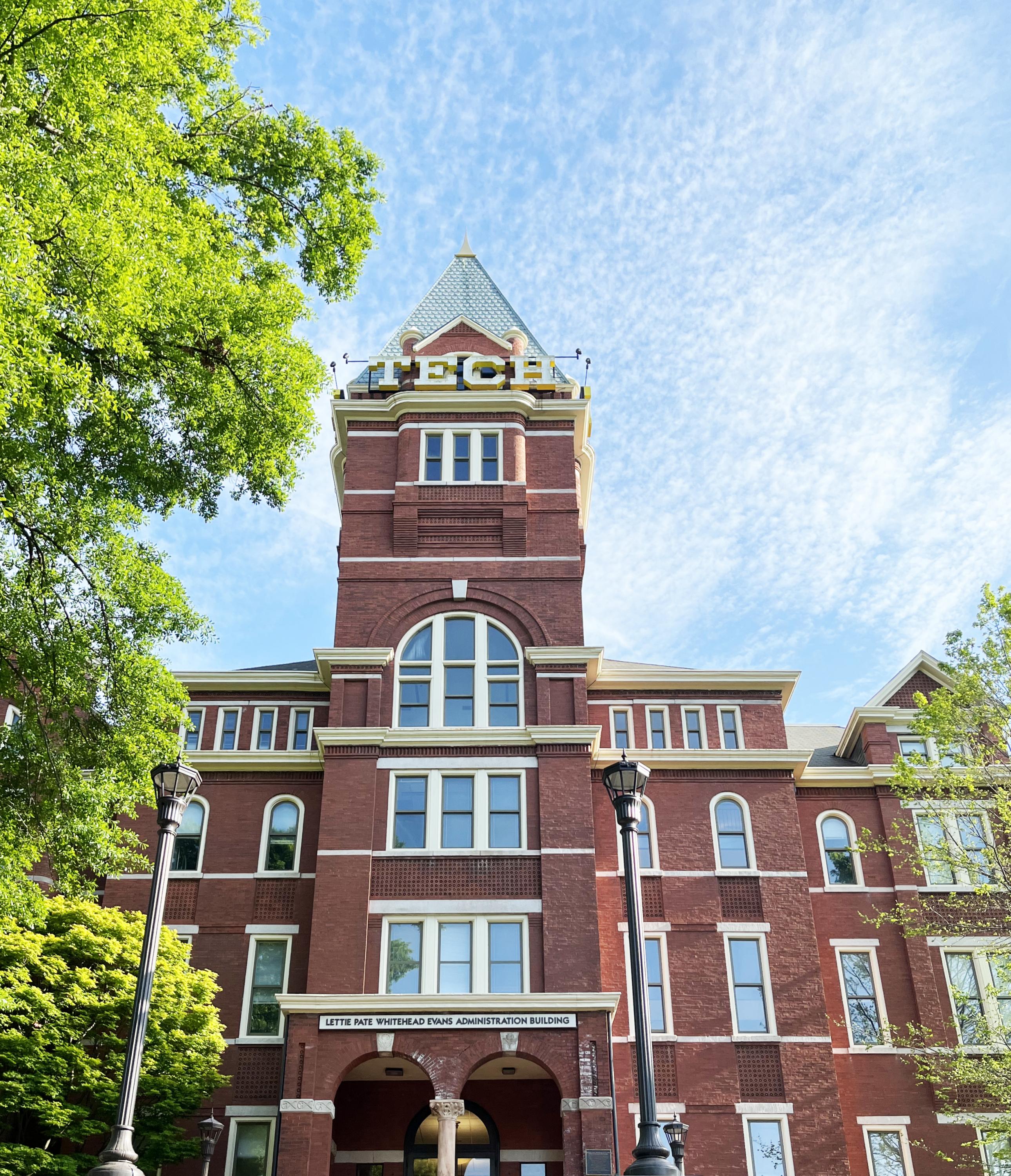
Honoring Excellence: College of Sciences Students, Teaching Assistants, Future Faculty Earn Top Annual Awards
<>Over 30 from College of Sciences are recognized as 2021-2022 recipients of top student honors, teaching assistant accolades, and future faculty awards — including the Institute’s prestigious Love Family Foundation Award.
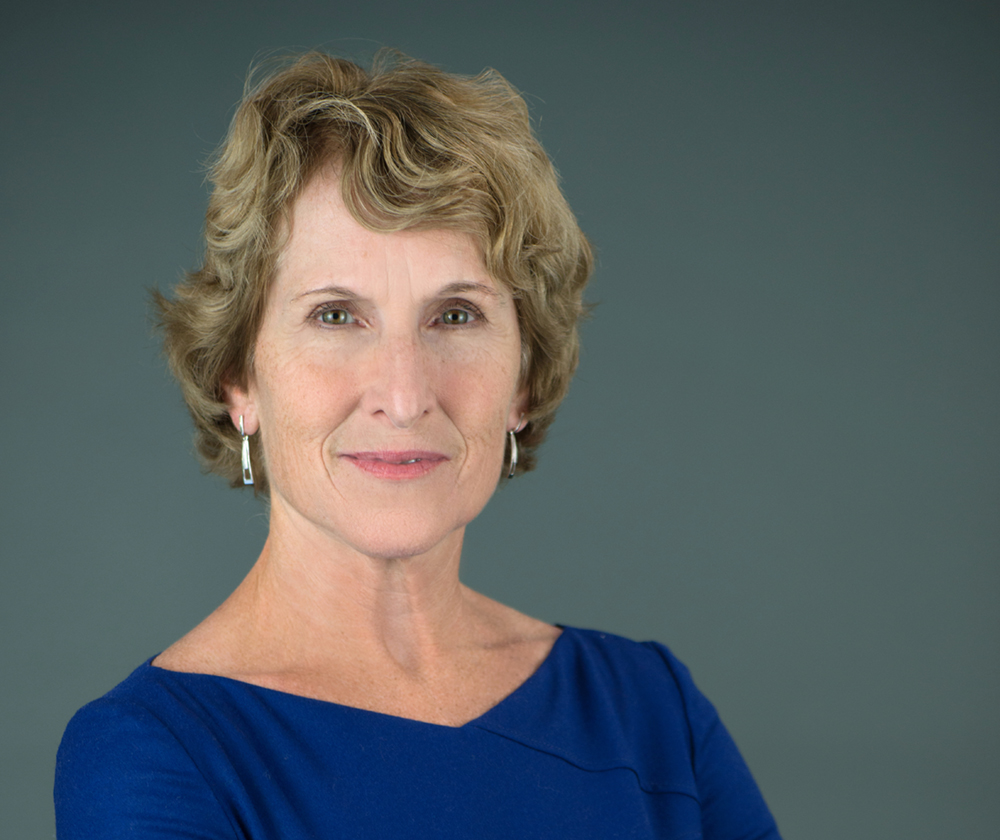 ,
,  ,
, 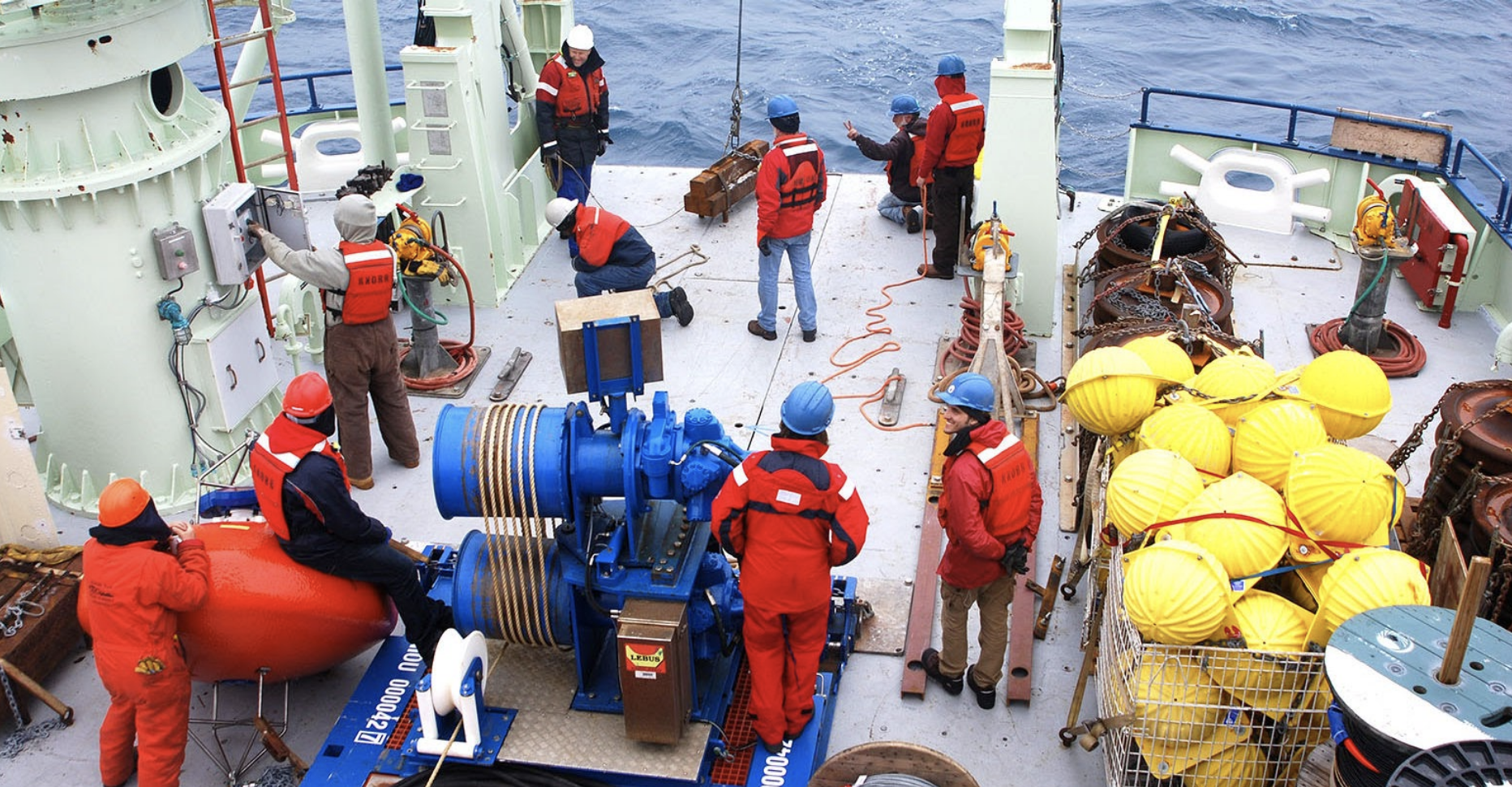
Susan Lozier Appointed to Climate Security Roundtable
<>Susan Lozier, dean and Betsy Middleton and John Clark Sutherland Chair of the College of Sciences, will serve a three-year term on the inaugural Climate Security Roundtable, a joint initiative across the U.S. Congress and the National Academies.
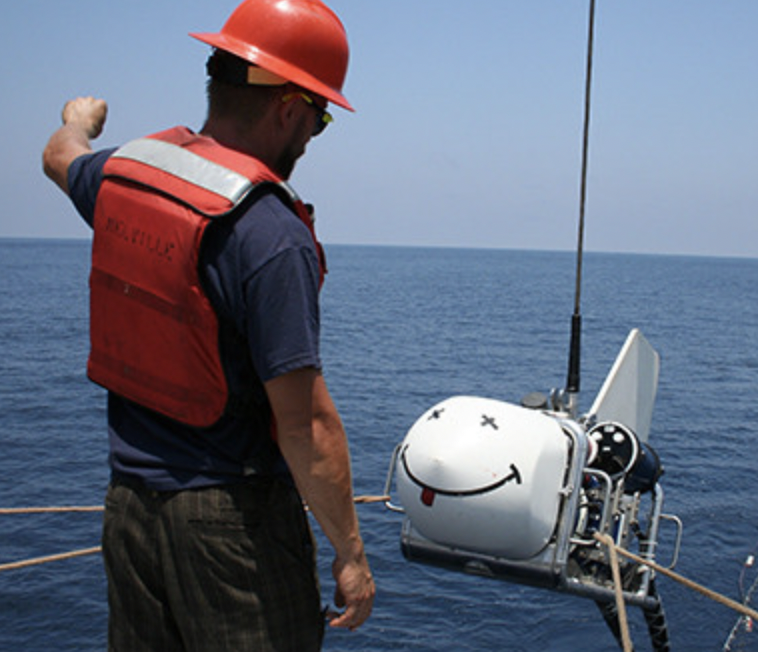 ,
, 
Plumes of Hot Material Near Earth's Core Grease Way for Moving Slabs of Earth
<>Georgia Tech's Samer Naif co-authors study showing streams of heated rocks called mantle plumes probably play a role in creating a slippery base for tectonic plates.
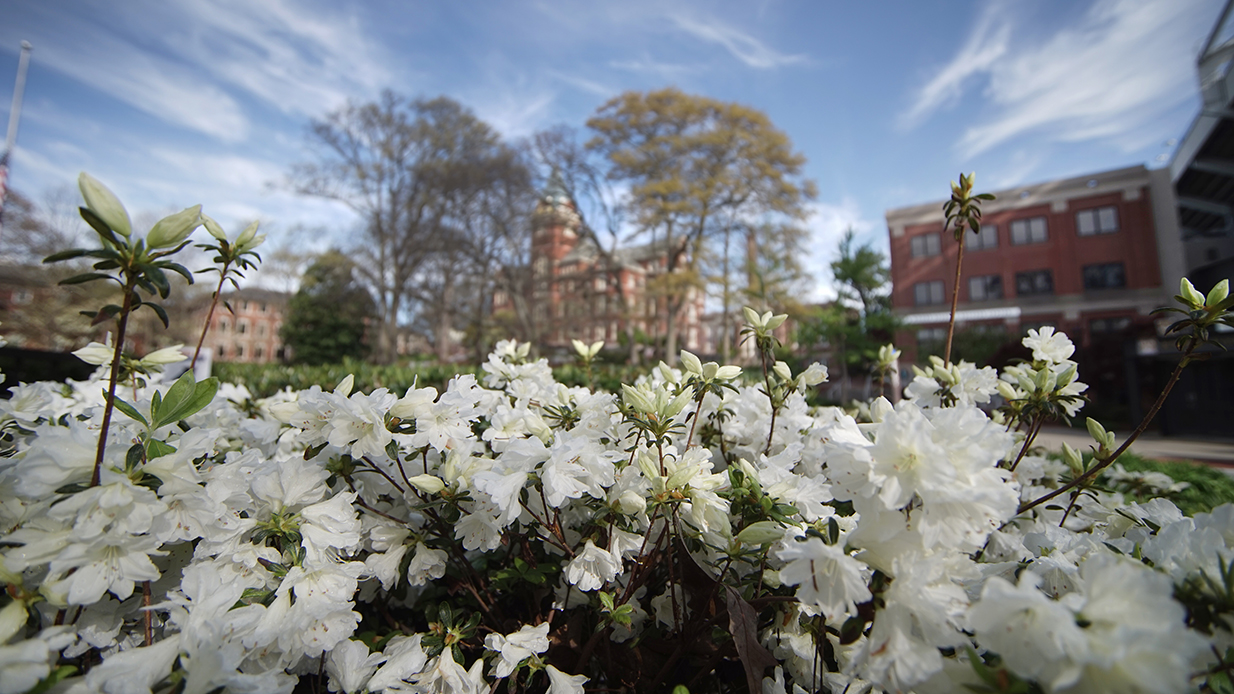
Down to Earth — Every Day
<>Georgia Tech will celebrate its 25th annual Earth Day with a 4-day schedule of events this week.
Spring Sciences Celebration Honors Faculty and Staff Excellence
<>Joined by alumni and friends, the College of Sciences welcomes new professors, presents annual faculty honors alongside inaugural staff and research faculty awards in recognition of individual excellence and community accomplishments.
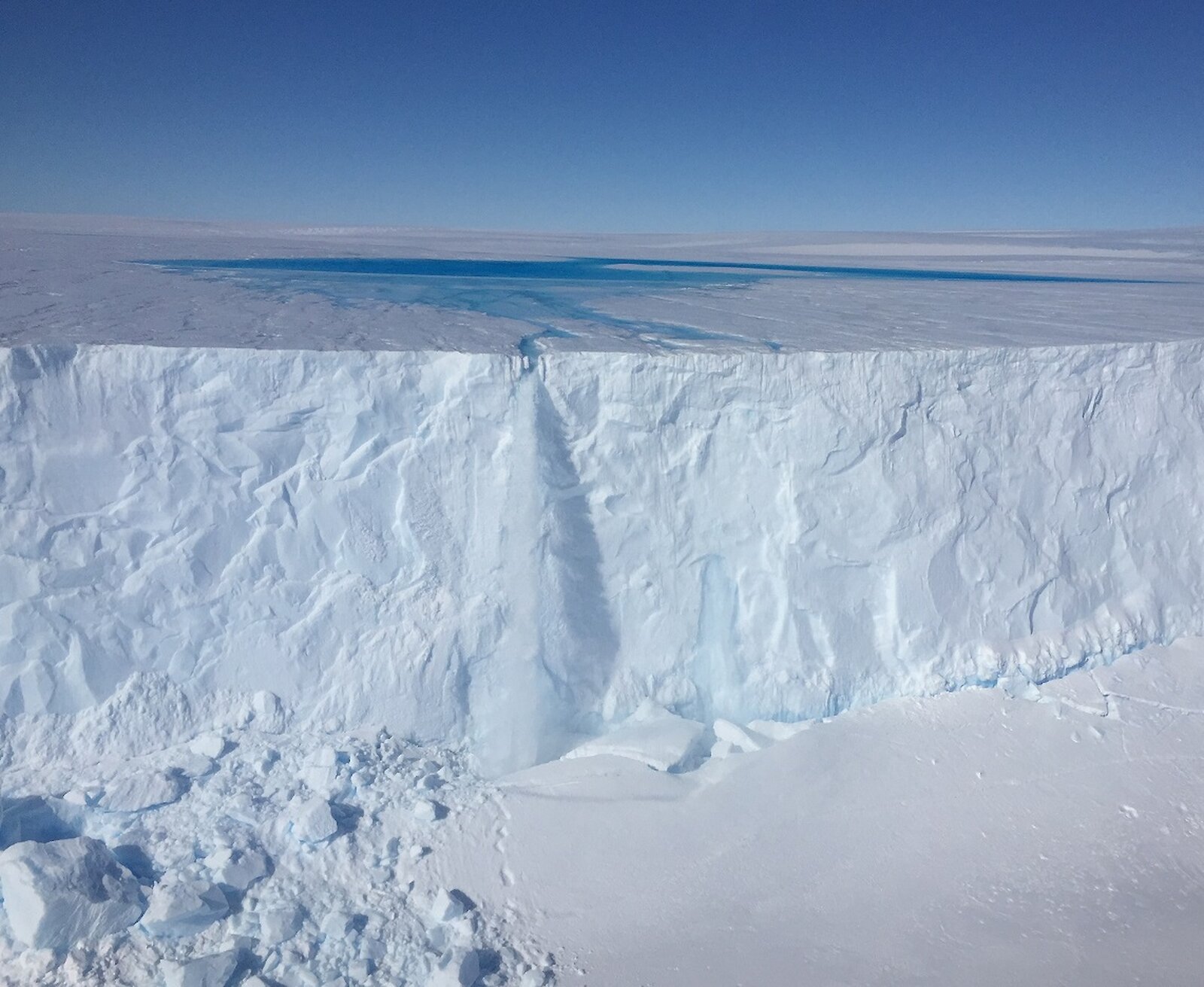 ,
, 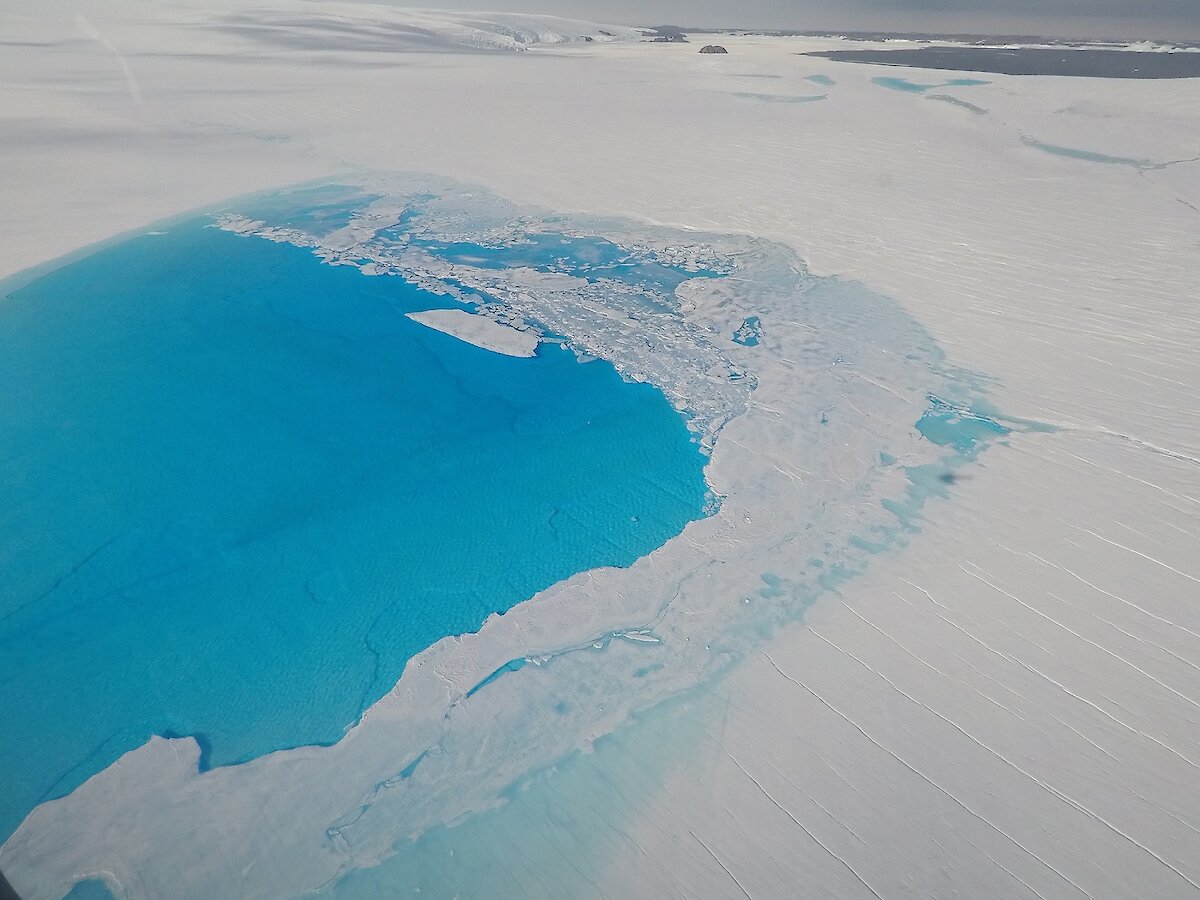 ,
, 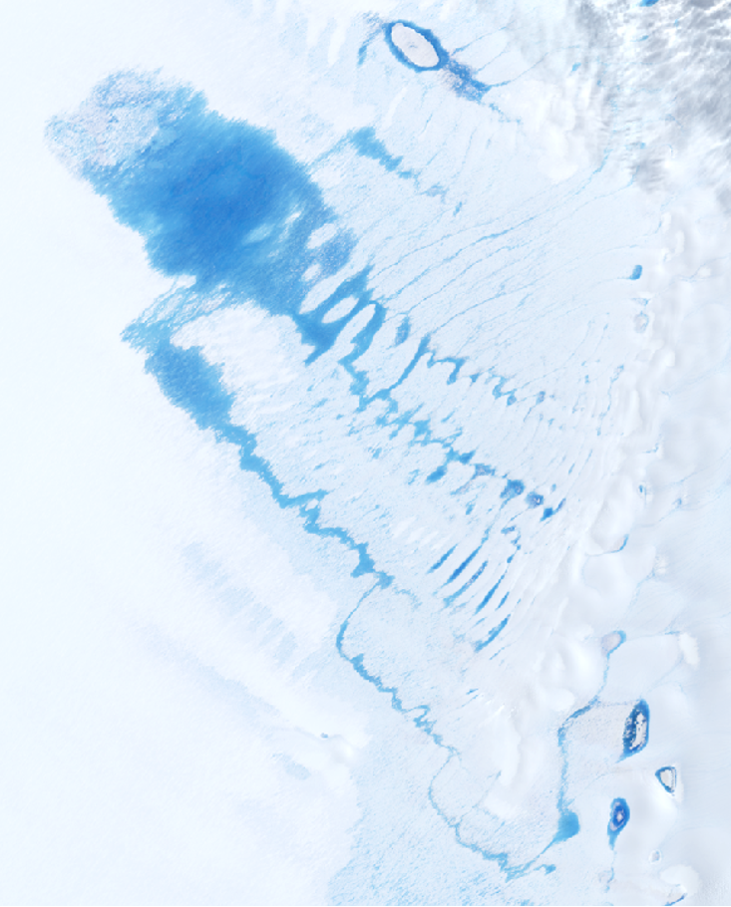 ,
, 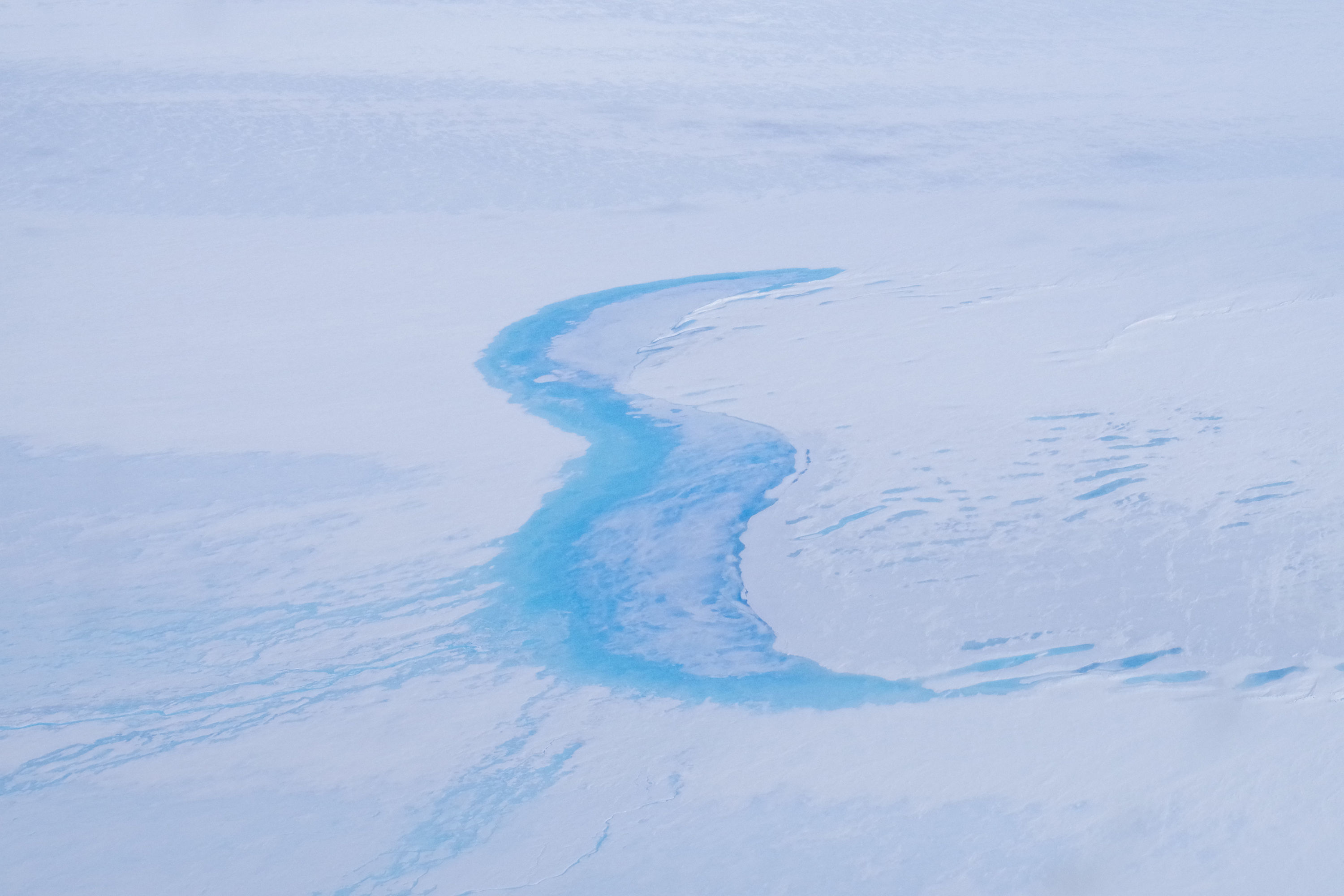
Warmer Summers and Meltwater Lakes are Threatening the Fringes of the World’s Largest Ice Sheet
<>Antarctic supraglacial lakes have been linked to ice-shelf collapse and acceleration of inland ice flow. A new study shows lake area and volume vary substantially from year-to-year around the East Antarctic Ice Sheet and between ice shelves.
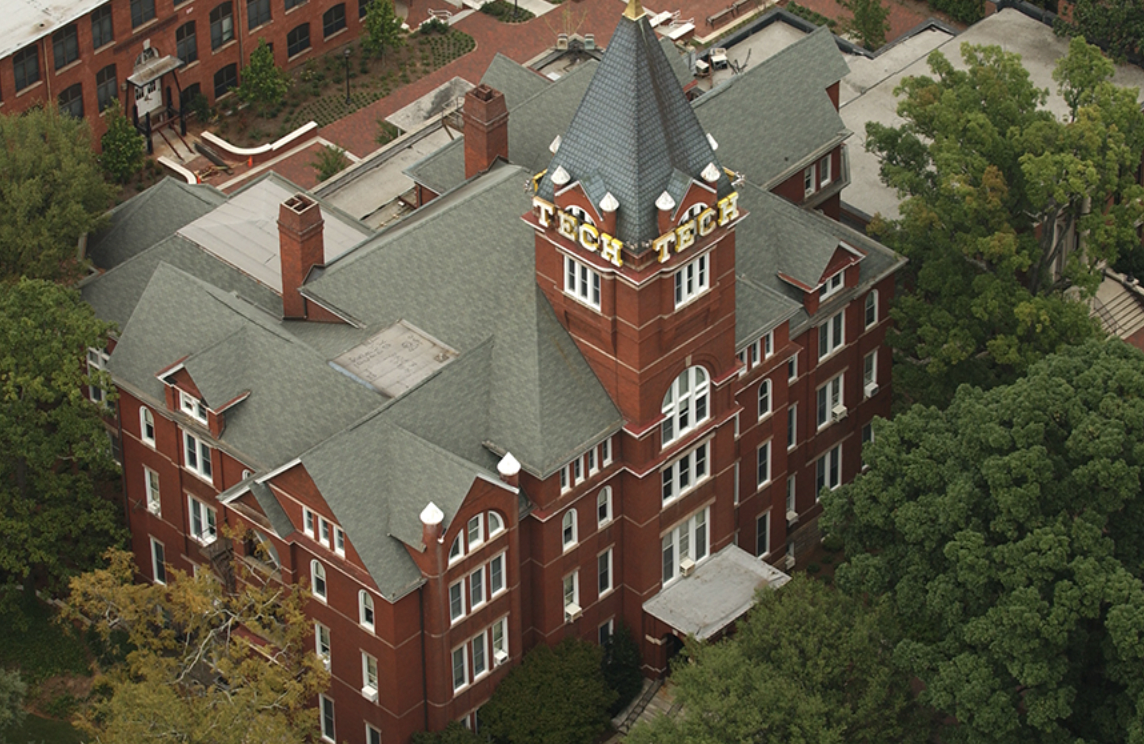
Center for Teaching and Learning Recognizes Sciences Faculty for Educational Excellence
<>Nearly 50 College of Sciences faculty are receiving Center for Teaching and Learning awards for excellence in teaching.
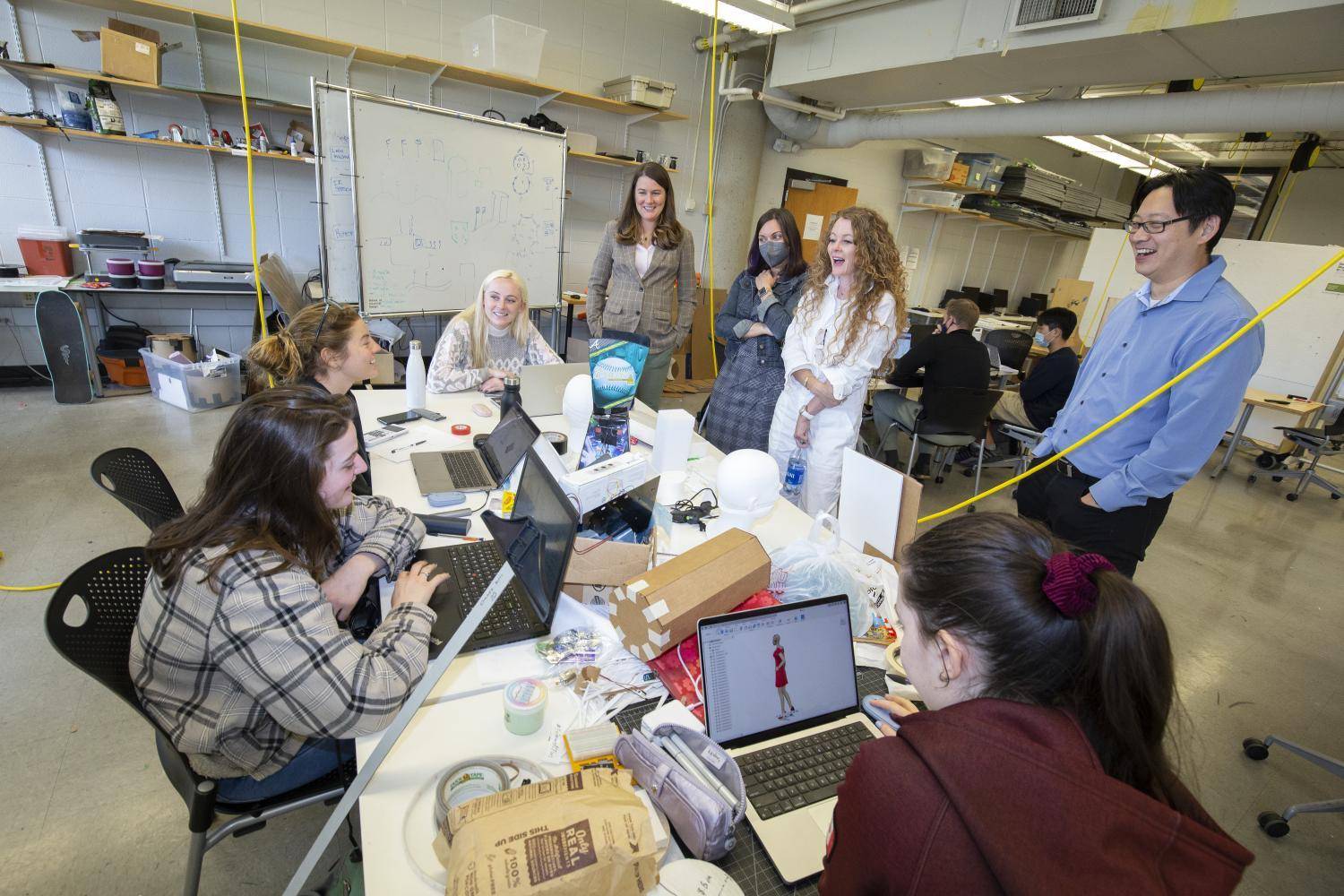
Female Founders Program Expands to Support Each Team with a $5,000 Award
<>Female Founders is open to startup teams that are founded or co-founded by women, with 25 chosen for each cohort. The program is open to all Georgia Tech students, community teams, and researchers from other institutions in the U.S. Apply by April 7.
College of Sciences Advances in U.S. News Best Graduate School Rankings
<>U.S. News ranks all six schools among the best in the nation for graduate studies, with Biology rising by 17, Earth Sciences by 10, Mathematics by five, and Psychology by six. Specialty programs also take home high marks, with six in the top 20.
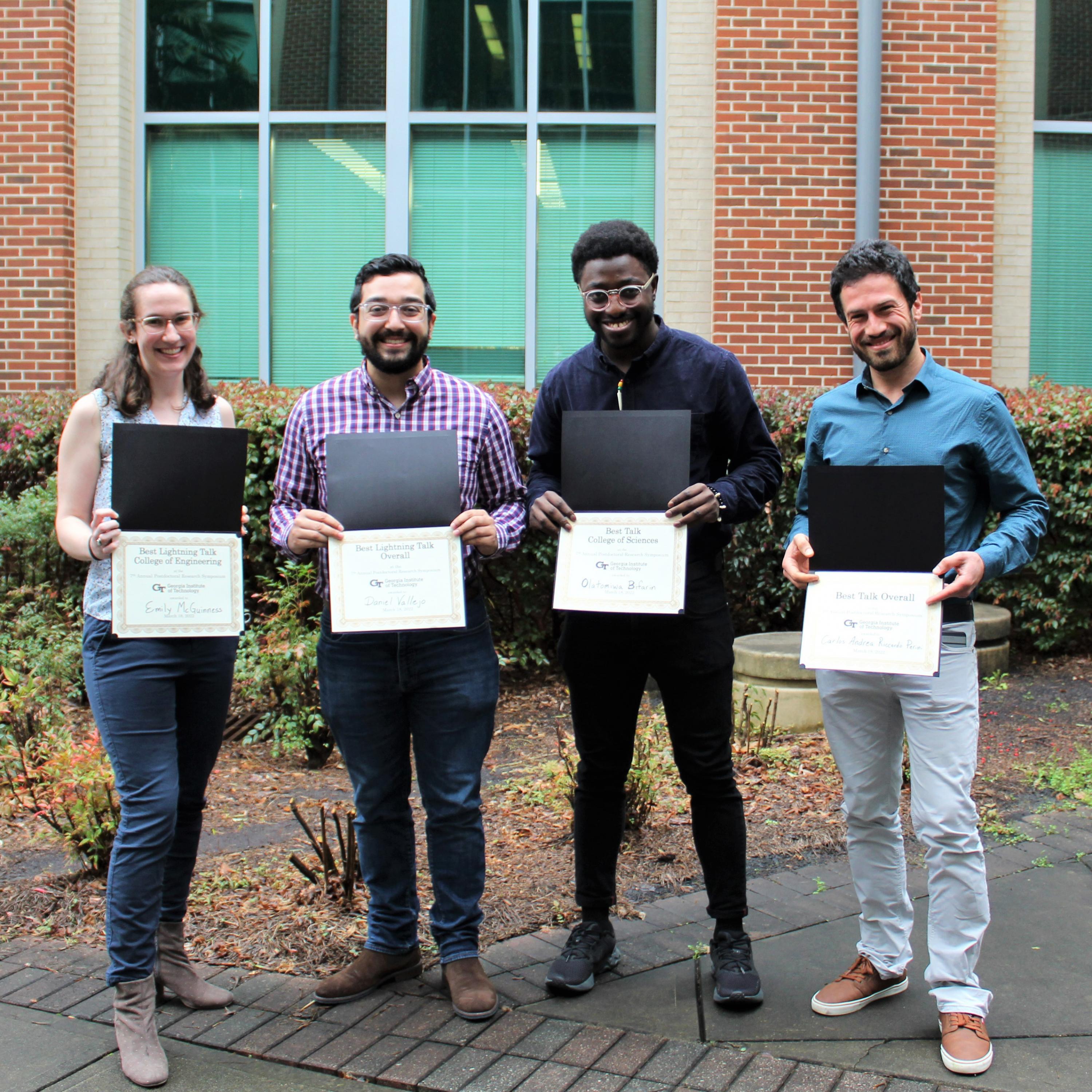
Postdoctoral Scientists Deliver Winning Talks at 2022 Research Symposium
<>Chemistry and Biochemistry, Earth and Atmospheric Sciences postdoctoral researchers are among winning presenters from the 7th Annual Georgia Tech Postdoctoral Research Symposium.
Pagination
- Previous page
- 16 Page 16
- Next page